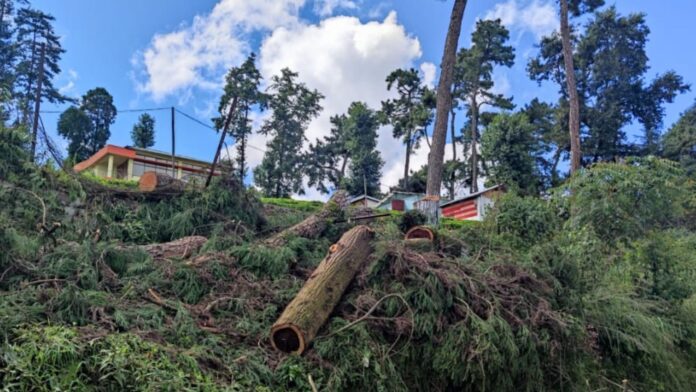Our Correspondent
NEW DELHI:
By 2050, the total forest cover of Meghalaya will turn into “high” hotspot zone as far as severity class of climate change is concerned.
This was revealed in the India State of Forest Report (ISFR) for three years, 2019 -21, which was released recently.
The report further stated that if nothing is done to limit the dire impact of climate change, by 2085, Meghalaya’s 17119 sq km forest cover will turn into “very high” hotspot zones.
The ISFR carried out the study with the objective to map the climatic hotspots over the forest cover in India using computer model-based projection of temperature and rainfall data, for the three future time periods year — 2030, 2050 and 2085.
Significantly, the identified climatic hotspots categories such as “high”, “very high”, “extremely high” and “critical” are based on temperature and rainfall change parameters.
The report further said that by 2030, all Indian states (except Assam, Meghalaya, Nagaland and Tripura) will come under “high” category hotspot and by 2050, the entire forest cover of the country is projected to be under climate change hotspots with varying severity classes.
“By analysing all the scenarios in the studied periods 2030, 2050 and 2085, it has been observed that the Northeastern states and Upper Malabar Coast of India are projected to experience highest increase in rainfall, whereas parts of Arunachal Pradesh and Sikkim are projected to experience least increase and sometimes even decline in rainfall,” said the report.
The report warned that climate change will affect forests both directly and indirectly.
“Keeping in view the projected impact of climate change in forest areas of the country, suitable studies need to be conducted to ascertain the impact of forest, species composition and related bio-diversity. Suitable mitigation and adaptation strategies have to be devised as well as implemented,” the report said.
ALSO READ: https://themeghalayan.com/assam-demands-rights-over-ejh-river/


